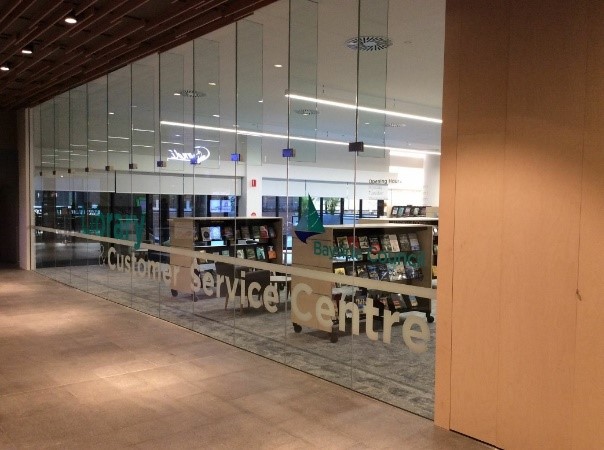
Monash researchers have developed a ground-breaking AI program to assist scientists in the global fight against the scourge of environmental microplastics.
Despite making headlines in recent years, a lot of scientists and policymakers still don’t know about the scale of the issue, including exactly what kind of microplastics are out there and where they are ending up.
The program developed by Monash uses sophisticated machine learning algorithms to analyse thousands of samples in fractions of a second – a process that can take months for humans – to gain a crucial understanding of where and how we need to act.
It’s not as simple as putting the sample under a microscope, because appearance alone can be misleading.
For example, natural materials like tiny pieces of seashells can often look like microplastics.
The new algorithm instead uses the chemical components that make up those materials to identify characteristic ‘signatures’ (complex numerical figures, many thousands of characters long) that can accurately identify known microplastic types, using data from a process called fourier transform infrared spectroscopy (FTIR).
Crucially, the program is the first in the world capable of analysing a library of microplastics ‘signatures’, something desperately needed by researchers grappling with the mammoth task of addressing the issue.
The breakthrough was pioneered by lead researcher Frithjof Herb, a Monash University PhD candidate, and supervisor Dr Khay Fong, Senior Lecturer in the Monash School of Chemistry.
“We are addressing a significant bottleneck for progress in tackling the microplastics problem,” Herb said.
“Not only is the process of analysing samples arduous and time consuming, but until now, we have been unable to do it on a large enough scale to gain a comprehensive understanding of exactly what microplastics we are dealing with, where they are, and where they end up.
“This is a very important first step in finding ways that we can clean up these damaging microplastics, and find ways to prevent them from entering environmental waterways in the first place.”
In addition to seashells, other natural fibres commonly mistaken for microplastics include algae, animal fur or crustacean shells.
Herb said the evolution of human-made materials also complicates things, with chemical components of microplastics constantly changing.
“Plastics are constantly changing, both in how they’re made and how they break down in the environment. Traditional tools struggle to keep up with these changes,” he said.
“But our tool offers a crucial advantage to scientists who need something that can quickly adapt, which is important for analysing data that continues to evolve.
“We are really proud of what we have achieved here; it runs nicely on conventional laptops, reflecting our focus on sustainability and accessibility, which we sought through small and efficient models.”
The research, published in the peer-reviewed Journal of Hazardous Materials, is available online at doi.org/10.1016/j.jhazmat.2024.136989







